
cd_nom
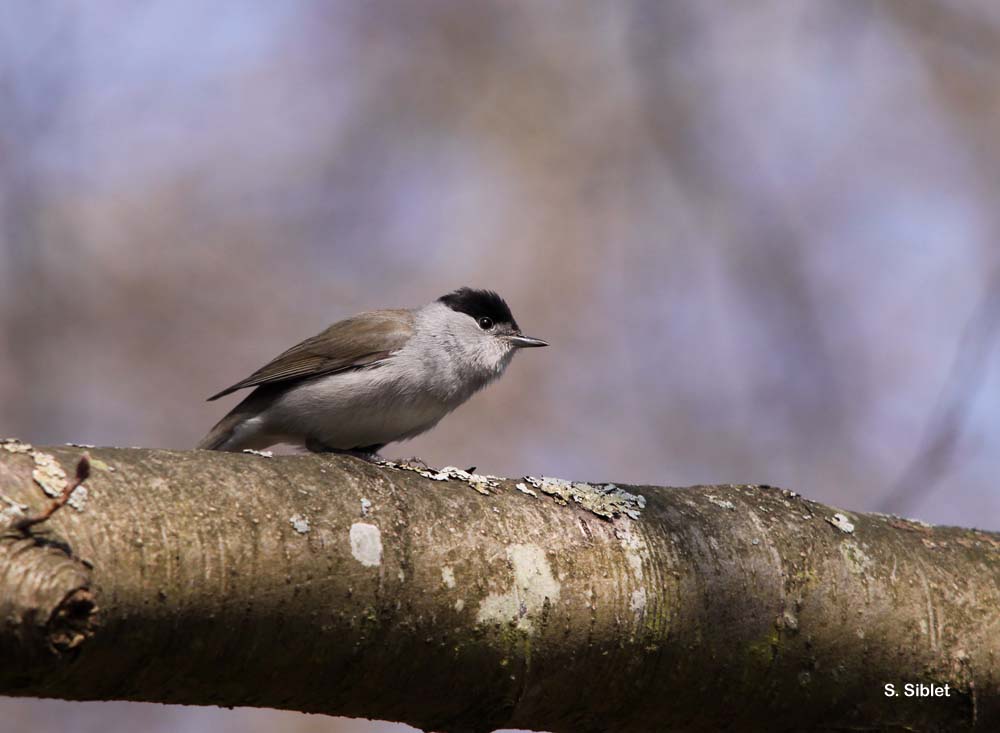
| Author : S. Siblet |
 |
To get the picture, please visit:
Sébastien SIBLET c/o Jean-Philippe SIBLET
Muséum national d'Histoire naturelle - Service du Patrimoine Naturel
36 rue Geoffroy Saint-Hilaire
CP 41
75 231 PARIS CEDEX 05
e-mail : inpn@mnhn.fr
Despite the Creative Commons license, please inform the author of the use which will be made of his photo
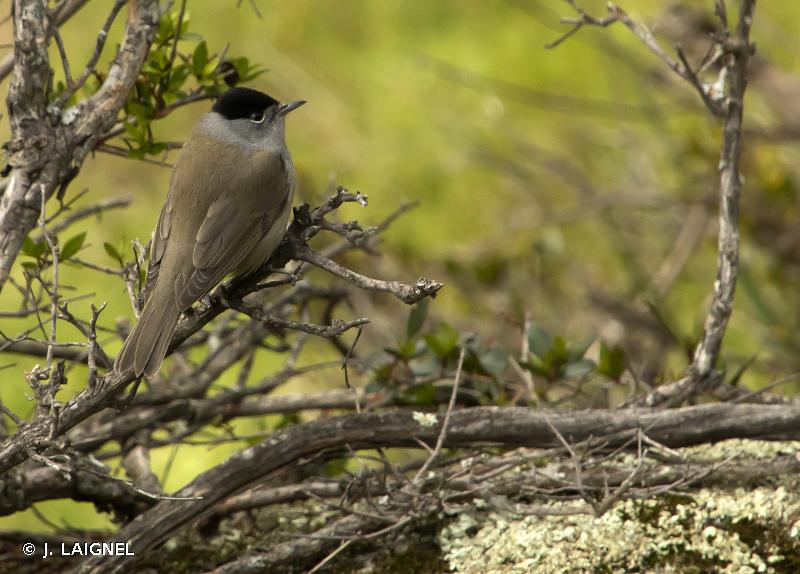
| Author : J. LAIGNEL |
 |
To get the picture, please visit:
Julien Laignel
Chargé de mission SNB - SPN/MNHN
4, avenue du Petit Château
91800 BRUNOY
Tel.: 06.10.68.23.36
Mail: julien.laignel@9online.fr
Despite the Creative Commons license, please inform the author of the use which will be made of his photo
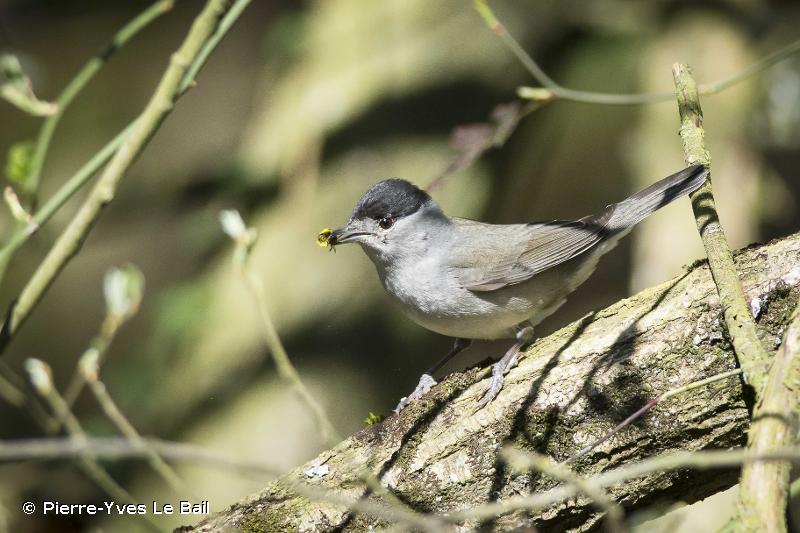
| Author : Pierre-Yves Le Bail |
 |
To get the picture, please visit:
Pierre-Yves Le Bail
email : inpn@mnhn.fr
Despite the Creative Commons license, please inform the author of the use which will be made of his photo
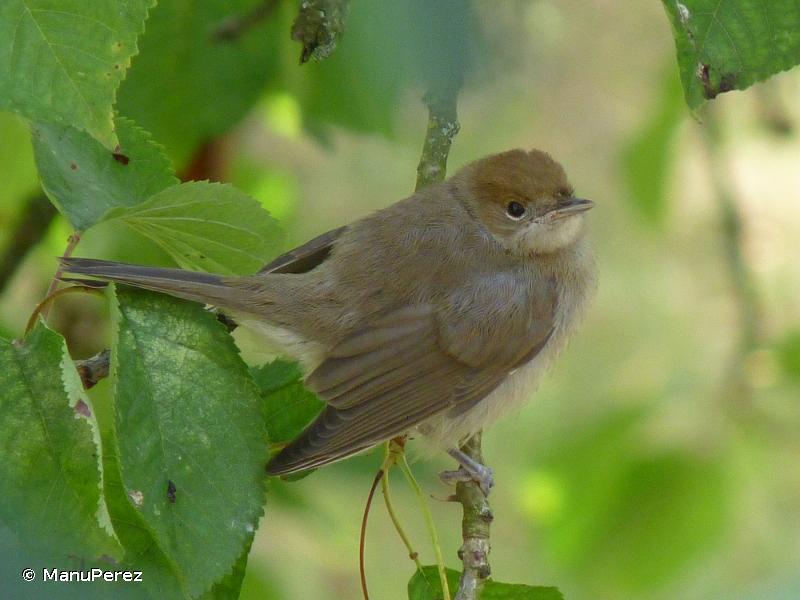
| Author : ManuPerez |
 |
To get the picture, please visit:
ManuPerez
email: inpn@mnhn.fr
Observation partagée via l'application INPN Espèces
Despite the Creative Commons license, please inform the author of the use which will be made of his photo
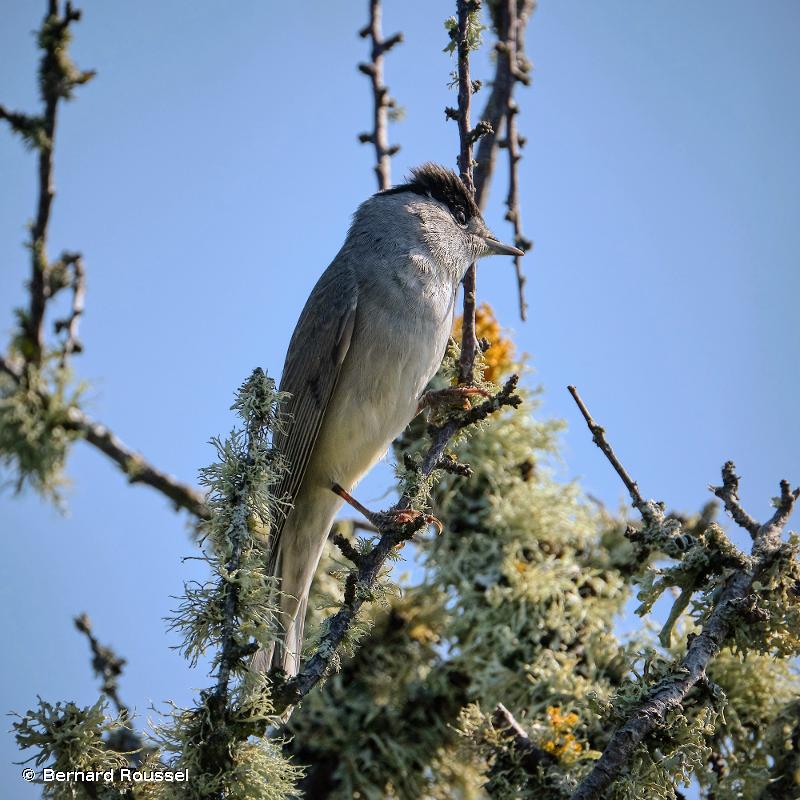
| Author : Bernard Roussel |
 |
To get the picture, please visit:
Bernard Roussel
email: inpn@mnhn.fr
Observation partagée via l'application INPN Espèces
Any reuse of one or more photographs on this site is subject to an authorization request from the author.
Link to the Code of Intellectual Property (Legifrance)

| Author : S. Wroza |
 |
Despite the Creative Commons license, please inform the author of the use which will be made of his photo
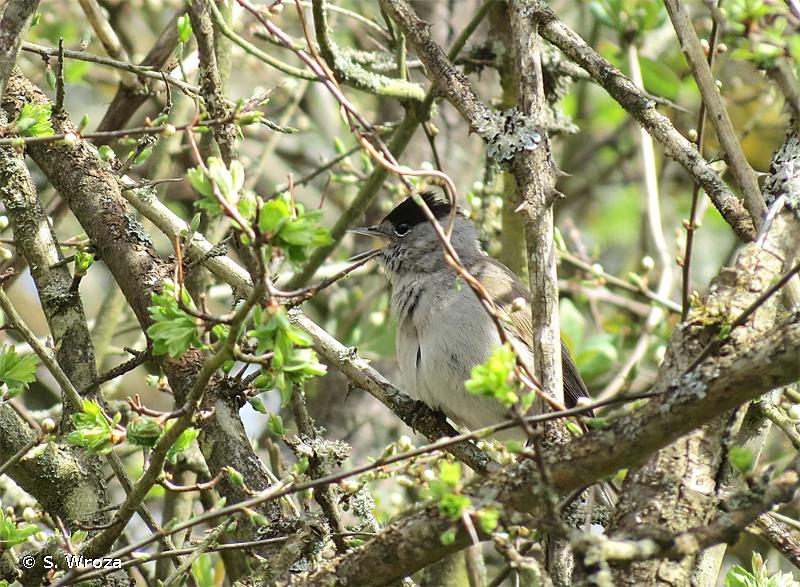
| Author : S. Wroza |
 |
Despite the Creative Commons license, please inform the author of the use which will be made of his photo
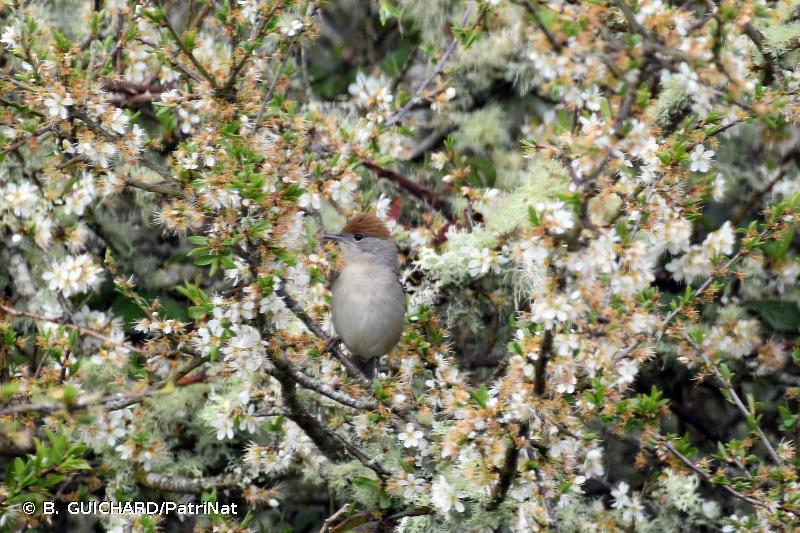
| Author : B. GUICHARD/PatriNat |
 |
Despite the Creative Commons license, please inform the author of the use which will be made of his photo
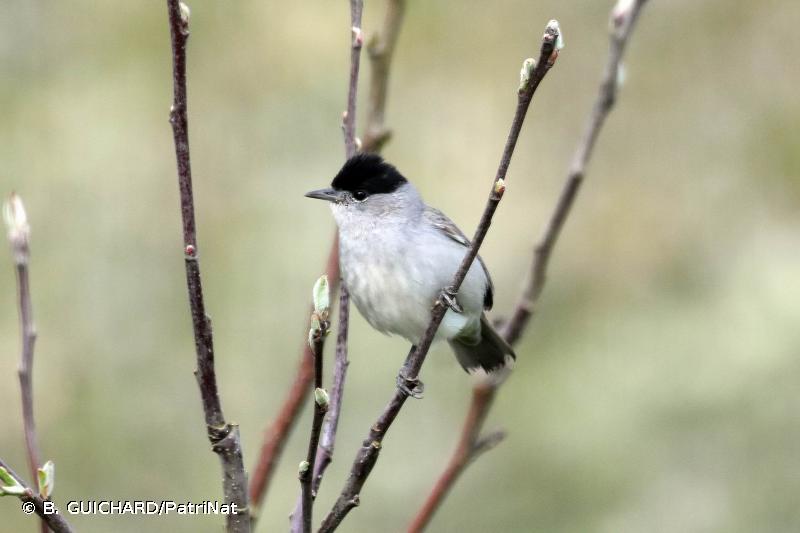
| Author : B. GUICHARD/PatriNat |
 |
Despite the Creative Commons license, please inform the author of the use which will be made of his photo
Longueur 13 cm, envergure 20-23 cm, poids moyen 18 g.
Cette fauvette est largement répandue de la plaine à la montagne, elle figure parmi les dix espèces d'oiseaux les plus contactées par le programme STOC (Suivi Temporel des Oiseaux Communs). Considérée comme abondante et généraliste en France, on la trouve dans les forêts alluviales, les forêts de feuillus ou mixtes avec sous-étage, les milieux buissonnants ainsi que les parcs et jardins.
La Fauvette à tête noire se nourrit d'insectes et d'invertébrés qui constituent l'essentiel de son alimentation en période de nidification. Durant le reste de l'année elle est en grande partie frugivore.
Migratrices partielles, nos Fauvettes à tête noire peuvent selon la latitude et la rigueur de l'hiver hiverner sur place ou au contraire gagner l'Afrique du Nord ou au moins le bassin méditerranéen. Le midi de la France constitue une zone importante d'hivernage pour des populations issues des pays voisins comme l'Allemagne, mais une tendance à se diriger vers des quartiers d'hivernage plus proches situés en Europe de l'ouest a été aussi mise en évidence. La migration d'automne est sensible en septembre- octobre notamment, celle de printemps a lieu surtout en mars. Le chant du mâle, particulièrement mélodieux et se terminant par un motif en « forte », a fait l'objet de plusieurs études scientifiques relatives notamment aux dialectes.
Le nid est édifié en général à faible hauteur (< 2 m) dans la végétation. Le mâle participe à la construction du nid. La ponte comprend 4 à 6 œufs, couvés par les deux parents. Les oisillons éclosent au bout de 11 à 12 jours, et sont nourris par les deux parents. Ils prennent leur envol au bout de douze jours environ, l'élevage des jeunes pouvant se prolonger à l'extérieur du nid durant encore deux semaines voire plus.
J. Comolet-Tirman(UMS 2006 Patrimoine Naturel (AFB / CNRS / MNHN)),2012
Continental
Metropolitan France
Overseas
Marine
Metropolitan France
Overseas
The map presents a summary at the 10 x 10 km grid of the observation data for the species transmitted to the SINP. These data have been subjected to validation filters.
The map presents a reference distribution layer of the species at the scale of departments and marine sectors. The presence and absence data were established by expertise within a network of partners. This reference distribution is used in the validation process of the SINP data at the INPN level.
Corresponds to a report on the basis of at least one observation proved within a period of 10 years (20 years for little-known invertebrates) preceding the year and no presumption of extinction since obtaining the last data nor doubt on reproductive and implemented nature of this population. For migratory species, the presence indicated concerns areas of reproduction.
This status is based on one or more of the following criteria:
This point covers the absence, more difficult by nature to demonstrate than presence. This status is based on one or more of the following criteria:
This status must be assigned to a department in which the presence of the species is casual.
Particular case of absence due to a proven extinction less than a half century ago (older disappearances are treated as "no probable or definite").
In the state of knowledge, we can not comment on the presence or absence in the current department. This is the default status when not comprised in one of the previous categories or whenever there is doubt.
The map shows the global distribution of the species based on GBIF data (Global Biodiversity Information Facility).
